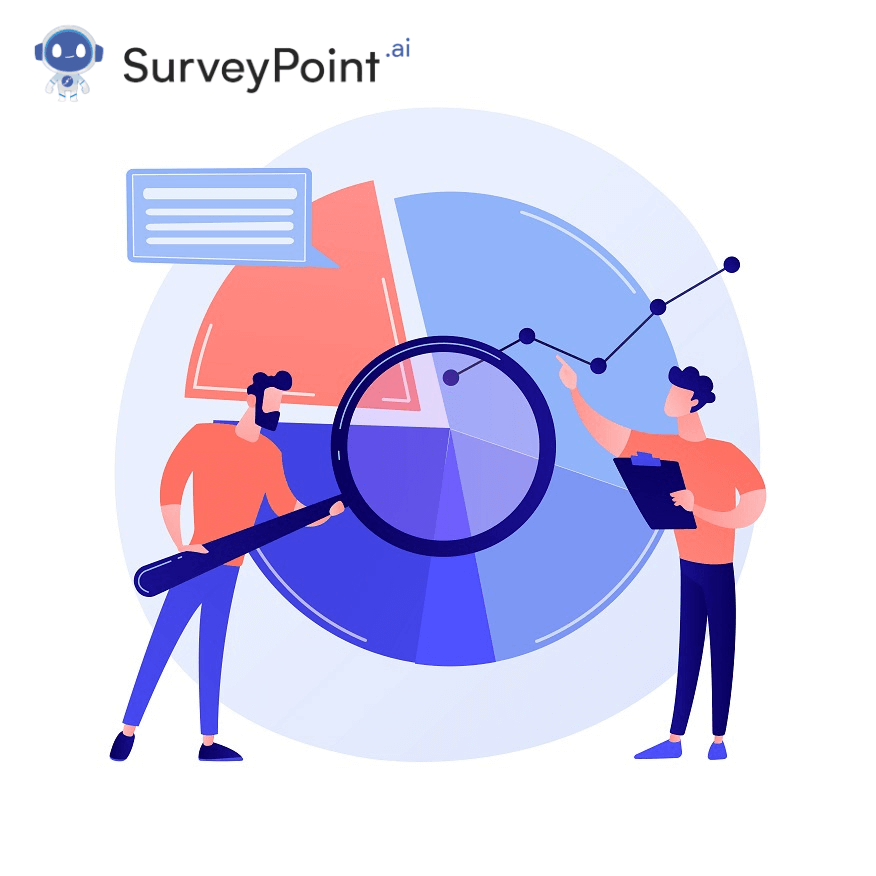
Data collection might seem like an easy process. However, there’s a lot to consider when you actually get down to it. For instance, based on your research needs, you can switch between two different research approaches based on the timeframe. A cross-sectional study is where researchers capture data at a single point in time. On the other hand, longitudinal studies gather information from different time periods.
There is a lot you should know about cross-sectional research and when it is appropriate to conduct it.
Cross-Sectional Study: A Descriptive Overview
In a cross-sectional study, information from a population of interest at one particular time is gathered and analyzed. Many researchers, however, are interested in describing a specific outcome or explaining its relationship with some other variable or variables.
The participants in this study are chosen based on specific variables of interest. In resource allocation and planning, it can be used to assess the attitudes, interests, and behaviors of a sample of individuals.
For instance, a smoothie shop owner could conduct a brief survey at the point of sale to learn which fruits and veggies clients prefer. The information gathered can be utilized to choose which ingredients to acquire and what kinds of smoothies to serve.
Let’s examine some of the salient features of cross-sectional studies in more detail below.
Observational Nature
Cross-sectional research is what academics refer to as observational (as distinct from experimental-type studies). This implies that researchers don’t play about with variables, such as allocating various cohorts in a sample to multiple study groups. Instead, your job as a researcher is merely to document the data in a population.
A Form Of Descriptive Research
The cross-sectional research design may be explanatory, as we’ll describe shortly. But it’s characterized as descriptive since it can’t pinpoint the source of information.
Data Collected At A Single Point Of Time
Cross-sectional research studies collect data at a single point in time. Therefore, their conclusions should be seen as a snapshot of the present.
To continue with the earlier example of the smoothie shop owner, if they were to conduct a brief survey of their customers on both Saturday and Monday. They might find that their customers’ preferences for fruits and vegetables shift from Friday to Monday. It would be the case if they were to compare the responses they received.
In this case, every poll would be considered a unique cross-sectional research, with the data representing preferences at each specific moment being recorded.
Excludes Manipulation Of Variables
Researchers will likely be responsible for designing and producing instruments to collect cross-sectional data. Their responsibility will not be to alter the environment in which the study takes place.
As an example, if you were curious about how shoppers’ privacy concerns differ between those who do most of their shopping online and those who shop primarily in conventional stores, you would gather that information and any other relevant information. You wouldn’t try to persuade either group of people to change their attitudes or behaviors. In other words, the goal of a cross-sectional study is to collect data without influencing the outcomes.
Can Access Numerous Characteristics At Once
In this research, data from multiple variables is collected all at once, making it possible to evaluate multiple variables simultaneously. This is extremely helpful if you’re interested in investigating correlations between particular variable groups.
RELATED: Quantitative Research Design: Overview of Design types
What Do You Learn From A Cross-Sectional Study?
Cross-sectional research studies are popular because they can yield much information, even though they are quick and easy.
Many applications can be made with cross-sectional study data, including:
It Can Be Used To Describe A Community’s Characteristics
Cross-sectional research is frequently applied with a sampling frame. This method involves selecting a specific demographic, such as those who prefer organic food and then taking a sample from that group. It is possible to extrapolate the traits of the health-conscious population from the sample by extracting relevant data from it.
You Can Evaluate Possible Relationships
Making assumptions regarding the nature and strength of correlations between variables is another use of cross-sectional studies. Suppose you want to know whether younger people who prefer organic food are more concerned about their health than older people. Conducting a correlational study may help determine whether respondents’ health concerns increase or decrease with age.
It Allows You To Gather Preliminary Data
Cross-sectional studies do not manipulate variables. Although they cannot prove causation, they can serve as the starting point for a subsequent study that uses an experimental or longitudinal methodology. That’s because they provide you with information on the target group and lay the groundwork for knowledge that can be applied to the design of other research studies.
Benefits Of A Cross-Sectional Study
Research cross-sections can be conducted for the following reasons:
It is Cheap & Helps You Collect Data Fast
This strategy’s most significant benefit is the ability to conduct cross-sectional research rapidly and relatively cheaply, especially compared to longitudinal investigations. For longitudinal studies that follow the same individuals for a predetermined period, substantial sample sizes may be required to account for sample churn. Both of these things are expensive in terms of money and time. Furthermore, it can take some time until the research results are made public, depending on how long the data collection period was.
In contrast, cross-sectional research is based on collecting data from a sample at a single point in time, and findings are available immediately.
It Can Involve Multiple Variables
A second advantage is an ability to record multiple variables simultaneously, which reduces the time and cost of data collection and allows comparisons and evaluations of various types of data across a cohort. Consider running a business that sells sporting equipment. Depending on your client type, you can gather all of this information from a cross-sectional research study.
It Encourages Further Research
Cross-sectional studies are frequently the first phase of larger research investigations because they give researchers a quick glimpse into the phenomenon of interest.
In addition to creating a baseline before a cohort study or designing a longitudinal study, cross-sectional studies are typically conducted to comprehend a population. Various attitudes, routines, and interests can be measured using cross-sectional study methods in this situation. Using this knowledge will help researchers create more in-depth research investigations.
When To Do A cross-Sectional Research Strategy?
Now that you know what cross-sectional studies are let’s dive in straight to our main question. When should you conduct a cross-sectional study?
The answer lies in your needs. It is incredibly versatile, to start with. Hence, great amounts of data can be collected by applying the strategy to a wide range of scenarios.
You can use this approach for the following type of research questions:
- What’s your stance on Trump running for the next presidential elections?
- In evaluating dairy-free milk habits, what are the standard demographics?
- What is the relation between annual household income and the choice of sustainable vehicle?
Analyze The Results Of A Cross-Sectional Survey
Now it’s up to you. Whether you’re developing a medical breakthrough or a marketing plan, you can kick things off with a survey made in SurveyPoint. Pick a pre-made survey from our collection, or make your own from scratch, and then use our reporting tools to gain insightful knowledge that you can use in your finest creations.
Furthermore, you can efficiently conduct your own cross-sectional study with the use of simple and effective advanced data analysis tools like trend analysis and dashboards.
Learn to work smarter, not harder!
Explore our solutions that help researchers collect accurate insights, boost ROI, and retain respondents.
Free Trial•No Payment Details Required•Cancel Anytime
Heena Shah – Content Writer at Sambodhi




